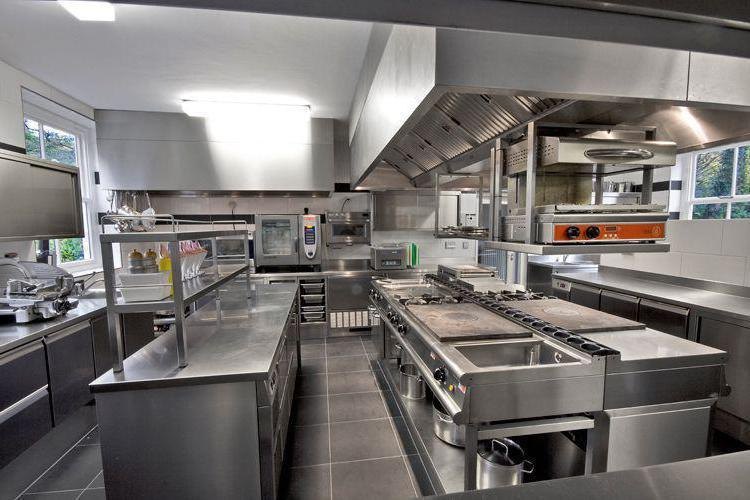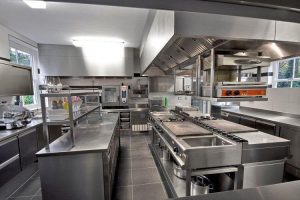Lately, the food delivery scene has gone through a critical change with the rise of Cloud kitchen. Otherwise called apparition kitchens, virtual kitchens, or dim kitchens, these creative culinary ideas have changed how food is prepared, conveyed, and conveyed to buyers.
Business kitchen offices that are planned explicitly for food delivery and takeout orders. Dissimilar to customary cafés, it doesn’t have actual eating regions or customer-facing facades. All things considered, they work as unified preparing offices where different food brands or ideas can plan dinners for delivery as they were. These kitchens are normally outfitted with cutting-edge cooking gear, refrigeration units, and bundling stations to create and bundle an extensive variety of menu items proficiently.
One of the critical benefits of kitchens is their capacity to decrease above-average costs for food business visionaries and restaurateurs. By eliminating the requirement for costly land, retail facades, and eating offices, it offers a more practical option for food organizations hoping to enter the market or extend their tasks. This lower hindrance to section permits hopeful gourmet specialists and culinary business people to send off new ideas and investigations with various menu offerings without the high forthright speculation expected for a conventional physical café.
Moreover, it offers more noteworthy adaptability and versatility for food organizations. With the capacity to work numerous virtual brands out of a solitary kitchen space, restaurateurs can broaden their offerings and take special care of various purchaser inclinations and dietary patterns. This adaptability additionally permits food organizations to change their menus, estimates, and advertising methodologies continuously based on client input and requests, advancing their activities for maximum profitability and development.
Furthermore, Cloud kitchen influence innovation and information investigation to smooth out activities and improve proficiency. Many kitchen administrators use progressed software stages and request frameworks to oversee orders, track stock, and improve delivery courses progressively. This innovation-driven approach not only works on the speed and precision of request satisfaction but additionally permits food organizations to gather important bits of knowledge into client conduct and inclinations, empowering them to tailor their offerings and showcase endeavors as needed.

According to a shopper’s viewpoint, it offers a few advantages too. With the expansion of food delivery applications and web-based requesting stages, customers now have a different choice of cooking styles and menu choices from the comfort of their own homes. It empowers food organizations to contact a more extensive crowd and serve clients in new geographic regions without the requirement for actual customer-facing facades. This expanded openness and accommodation have added to the developing prevalence of food delivery administrations and the rise of virtual feasting encounters.
The kitchens address a groundbreaking power in the food industry, offering a practical, adaptable, and mechanically determined way to deal with food readiness and delivery. By utilizing unified kitchen offices, cutting-edge innovation, and information-driven bits of knowledge, it engages food organizations to advance, scale, and adjust to changing purchaser inclinations and market elements. As the interest in food delivery keeps on developing, these kitchens are ready to assume an undeniably persuasive role in molding the fate of the culinary scene.






